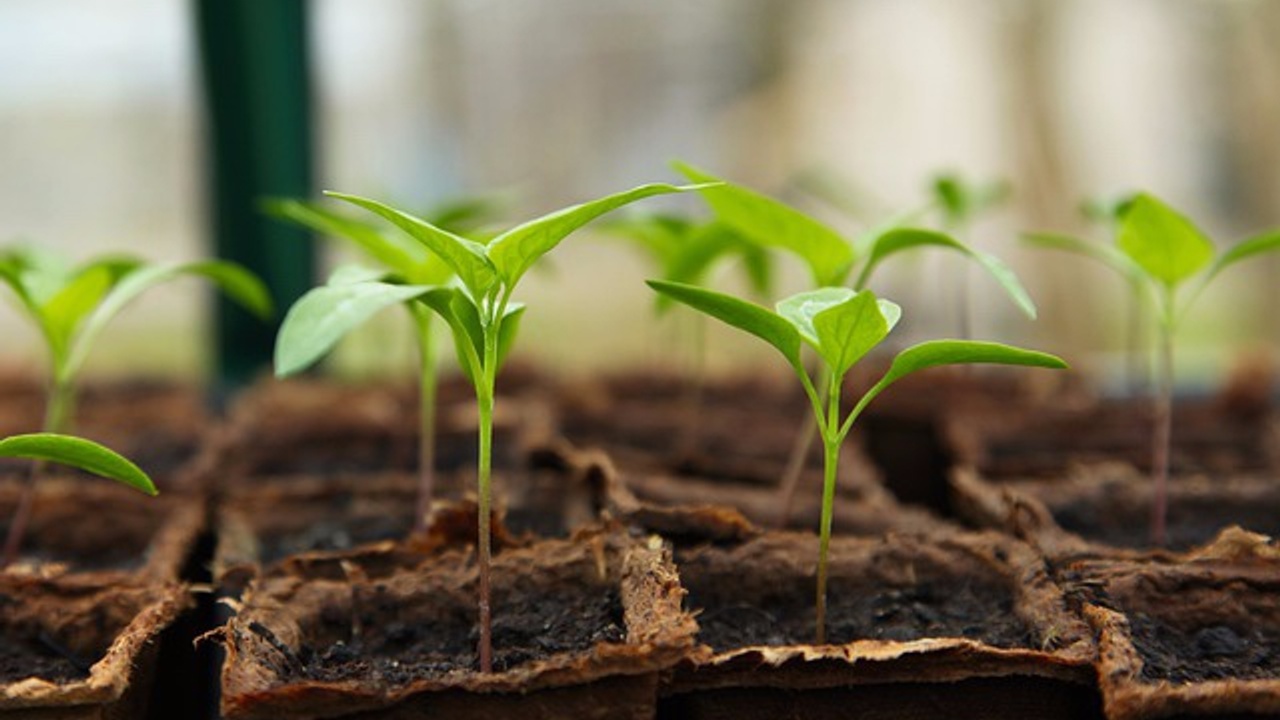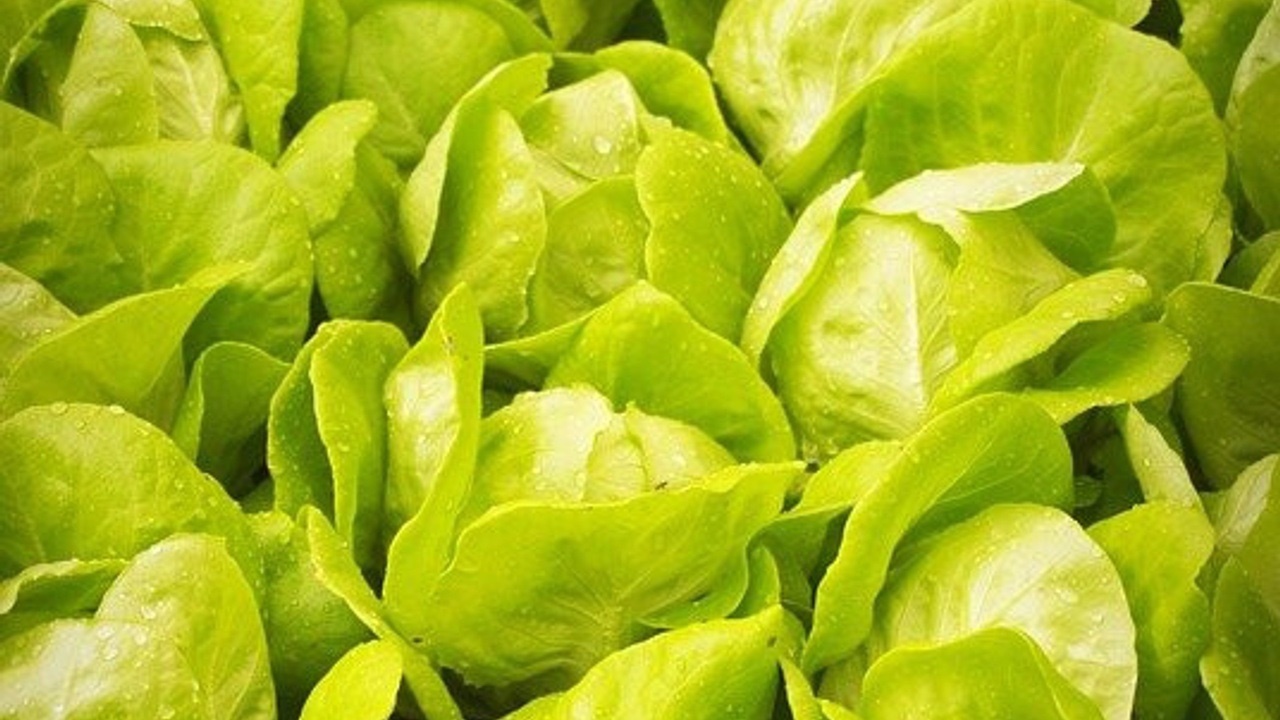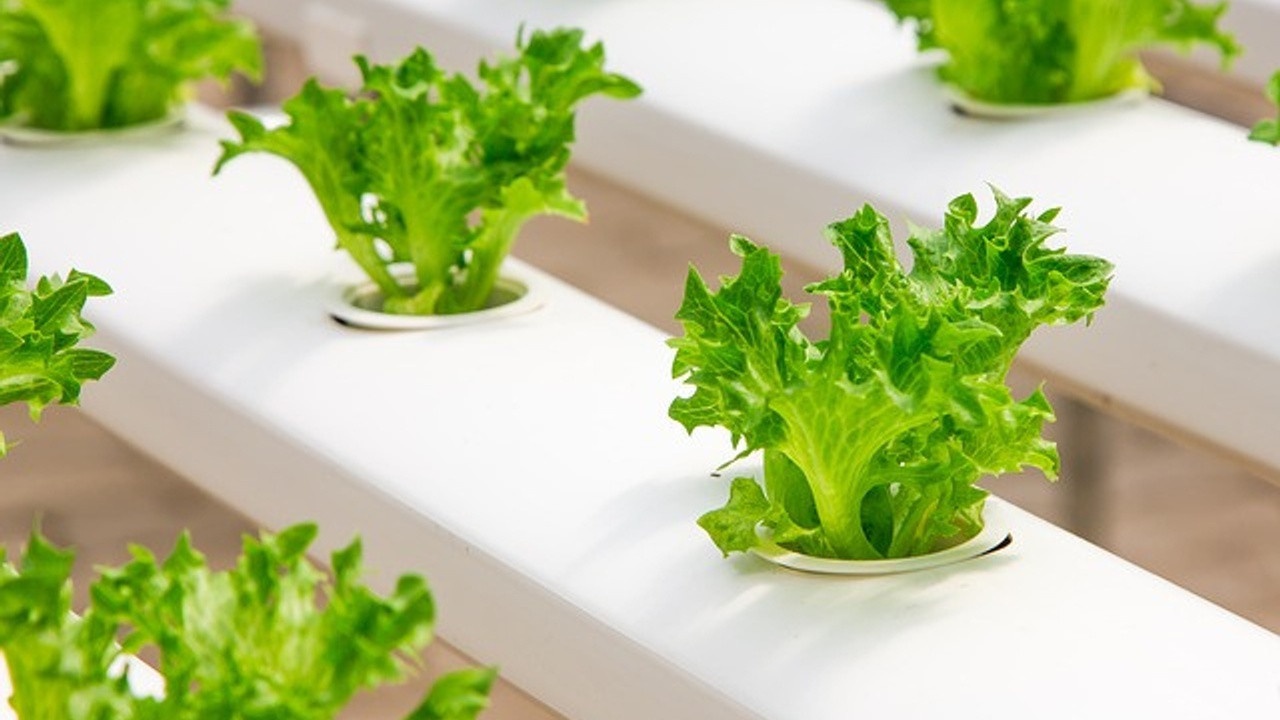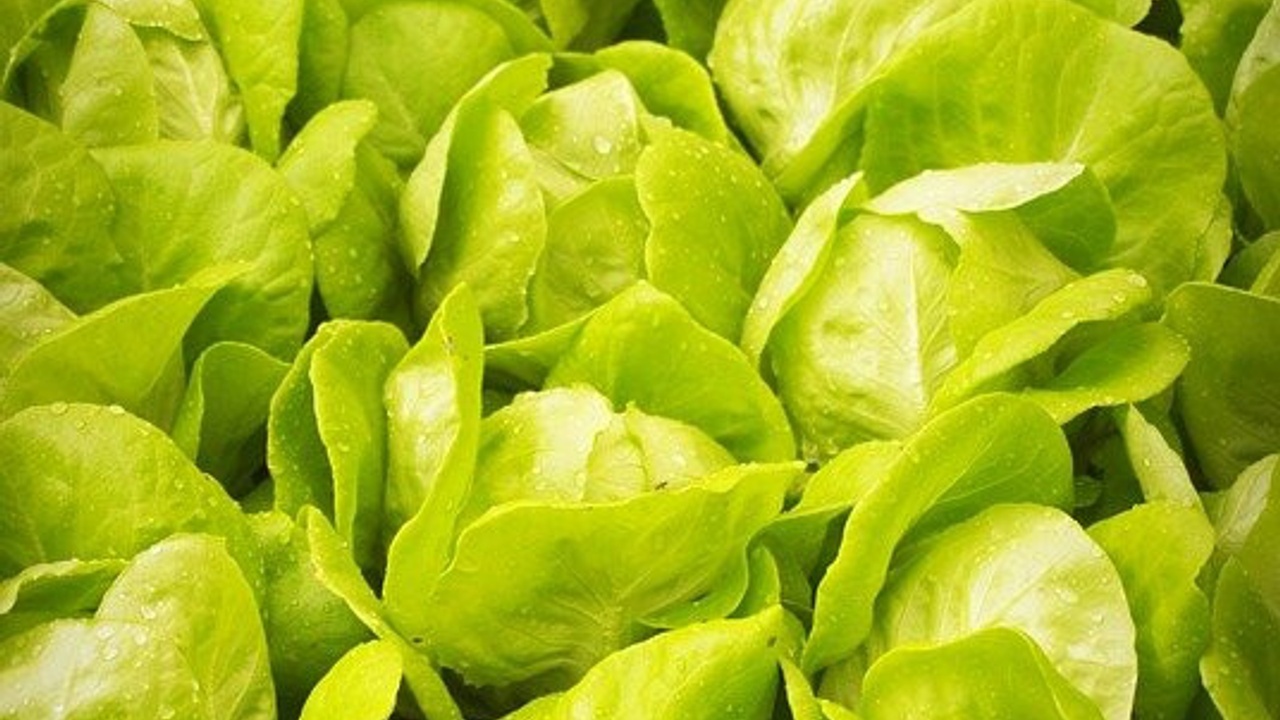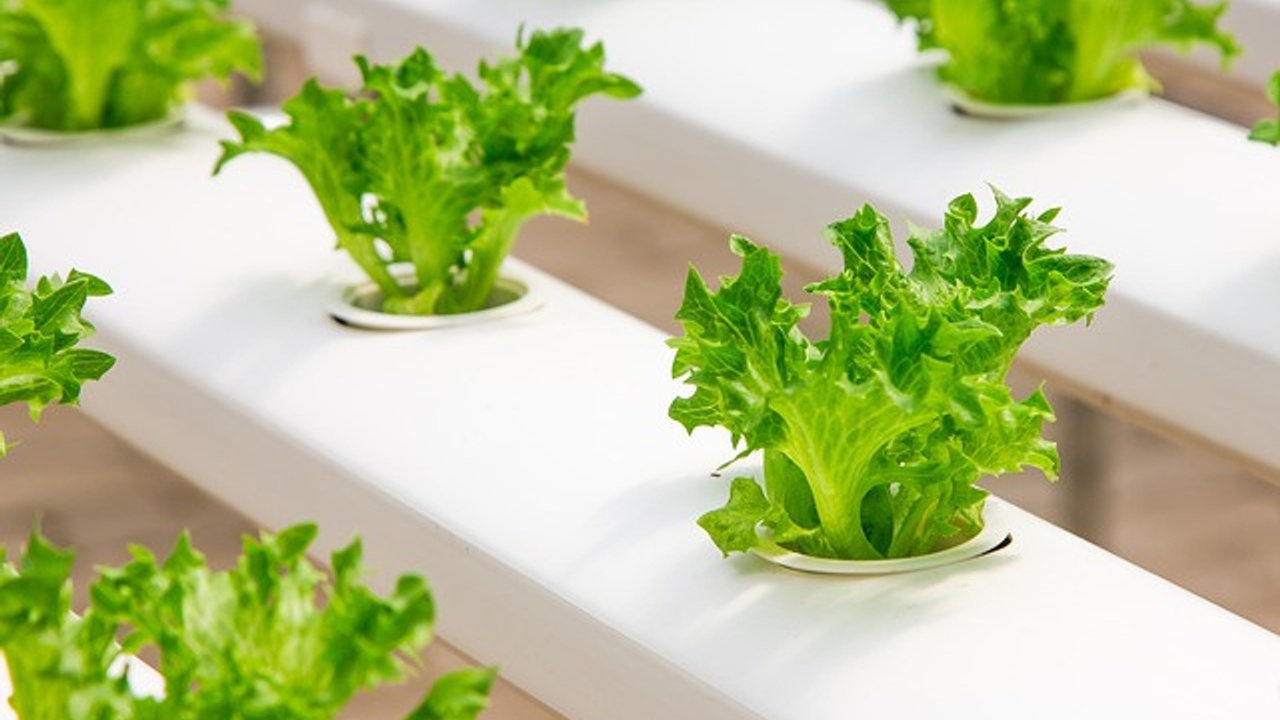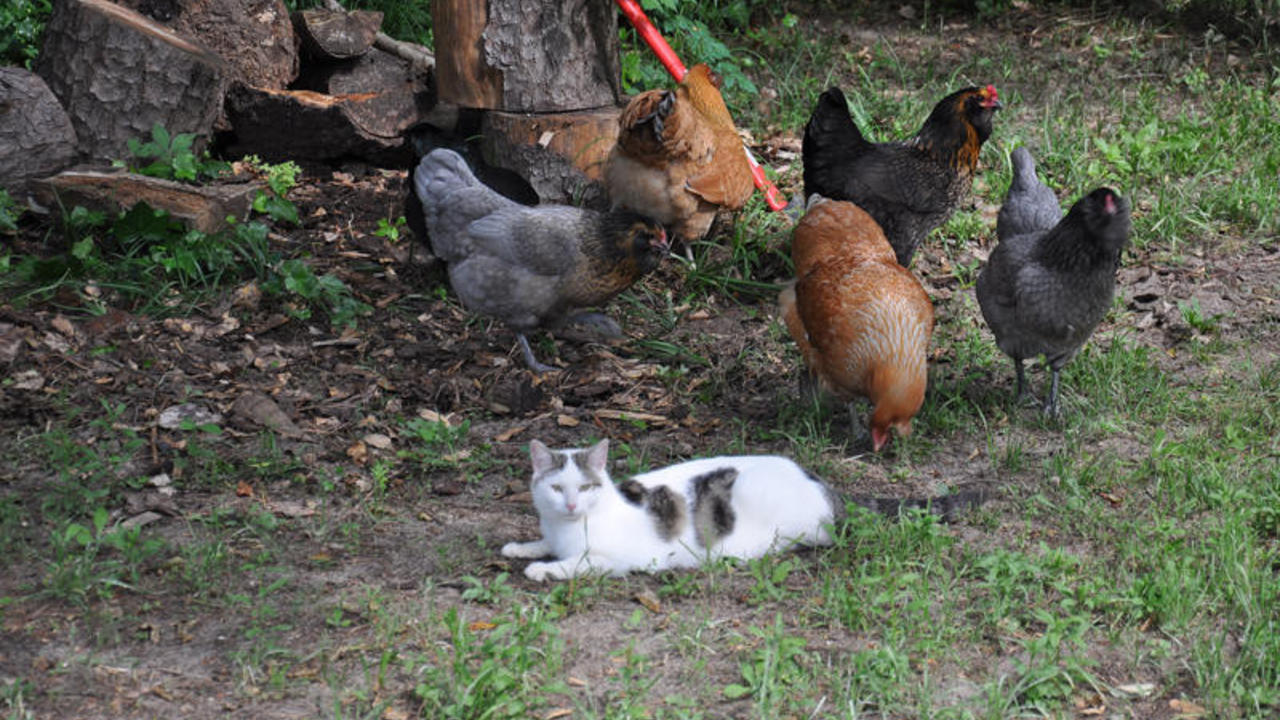Hunting used to be necessary in order to sustain life. However, in modern times it is truly a choice. Just as raising farm animals and then butchering those animals is not for everyone, the same is true for hunting. Additionally, many avid hunters learned those skills from their early childhood years. However, the simple fact is that in our present culture many people reach adult years and have never shot an animal for food.
This article is intended to address that very issue. Learning these skills can be intimidating. Consequently, I suggest that you take your time. Find what interests you and do one th
...
